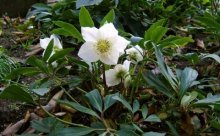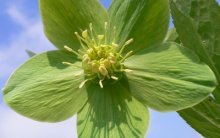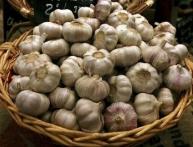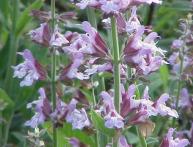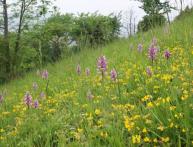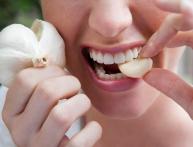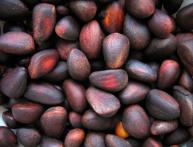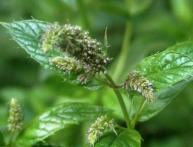Helleborus: all about its beauty and benefits
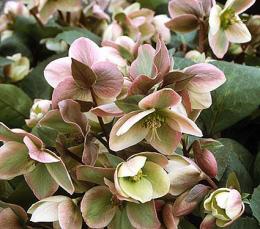
Helleborus is not only a beautiful plant, but also a fairly effective remedy that is used for medicinal purposes. In our country it has a simpler name - Hellebore. This plant is quite poisonous, so it must be handled very carefully.
Content:
Description of the plant
Helleborus belongs to the category of plants of the buttercup family. This plant is a rhizomatous perennial, which is characterized by the presence of palmately dissected large leaves. The foliage of this plant is located on a fairly large stalk. There are several species of Helleborus. Depending on the variety of this plant, the leaves are distinguished - wintering or non-wintering.
This plant has a straight stem, the height of which can range from 20 to 80 centimeters. The Helleborus flower is quite original. It has cups of different colors, which are divided into five parts. This plant is also characterized by the presence of a large number of small tubular petals that are green in color. In appearance, the petals resemble a small but thick funnel.
This plant is capable very early to bloom. Flowering begins immediately after the snow melts. Helleborus blooms for 30-35 days. This plant also has fruits that appear in the form of an elongated multi-seeded leaflet.Helleborus reproduces with the help of seeds, which can lose their similarity throughout the year.
Using Helleborus
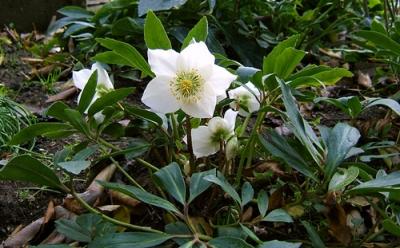
Helleborus is very widely used in medicine. A medicine is made from it that can suppress various functions in the human body that paralyze the heart. Also, with the help of this medication you can get rid of dropsy. In dropsy, Helleborus can act on the heart as digitalis.
This drug is used for typhoid conditions, which are characterized by damage to the membranes of the brain. This medication also has a beneficial effect on the human body in the following cases:
- Turning the head from side to side
- Presence of continuous chewing movements
- Presence of cold sweat
- Thirst
- Forehead wrinkling
- Numbness
- Small amount of urine, etc.
Very often this drug is taken when a limb becomes numb. In this case, one arm and leg systematically move, and the second pair of limbs resembles paralyzed ones. The patient's urine has a sediment, which in its consistency resembles coffee grounds.
This drug is also used for dropsy of renal or cardiac origin, as well as for deep melancholy, which is characterized by the presence of melancholy and despair. Indications for the use of this plant for medicinal purposes also include chorea, convulsions, and eclampsia. This medication can inhibit absolutely all functions of the body, as well as relax the muscles.
This drug is very often taken for typhoid fever.In this case, the patient may experience symptoms such as black plaque on the nostrils, a yellow and dry tongue with black edges. In this case, the patient has a very unpleasant odor from the mouth and dry nostrils.
Genaman recommends taking this remedy for typhus, which is characterized by the presence of apathy. In this case, it is necessary to dilute a few drops of the drug in half a glass of water and take it several hours before the main signs of the disease appear.
Very often given medicine taken for meningitis. The drug is started when symptoms such as apathy and shooting pain in the head occur. If this disease occurs in a child, then the drug is taken in cases where the baby covers his head with a pillow, suddenly screams or cries, etc. At the same time, the child has a hot head, and his forehead is wrinkled. With meningitis, the symptoms of Helleborus are manifested by thirst, severe redness of the face, which turns into pallor, as well as constipation.
Indications for use
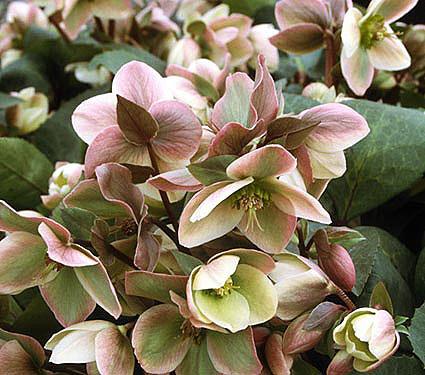
In modern medicine, Helleborus is used for various inflammatory diseases, which include colitis, sinusitis, tonsillitis, prostatitis, etc. Also, a high effect on the human body has been proven in cases of hyperemia of various origins and allergies.
This medication is widely used for diseases of the bronchi and lungs, which include bronchiectasis, chronic pneumonia, bronchial asthma, pulmonary fibrosis, bronchitis, etc. This medication is used in complex therapy in the treatment of tuberculosis, as well as during the recovery period after this disease.
TO homeopathic indications Applications of this substance include muscle cramps, which develop into weakness and paresis, senile mental illnesses, headaches, which are characterized by loss of consciousness and collapse, gout, various tumors, and stroke.
These drugs are also used in the treatment of various oncological diseases, which include sarcoma, stomach cancer, and bone tumors. Most often, this remedy is used to treat patients who have symptoms such as cachexia, tumor fever, fever, etc. Very often this medication is used for AIDS.
This medication is used for various brain tumors or metastatic adenocarcinoma of the prostate. The drug is also taken for such systemic diseases of a malignant nature as Hodgin and non-Hodgin lymphomas, plasmacytoma. This drug also has a high effect on the human body during the period of immunorehabilitation of patients who have Kaposi's sarcoma or pulmonary form of AIDS.
Effect on the human body
Helleborus consists of an acid that is a cardiac poison. This plant can also cause diarrhea. After consuming this substance, a person suddenly begins to feel a feeling of hunger, as well as an internal feeling of heat. Some authors attribute this plant to potent narcotic substances. This plant negatively affects the human brain.
It can cause hibernation of this organ, and also leads to muscle paralysis. When consuming this substance, collapse may occur, which is characterized by a significant decrease in a person’s body temperature.
When using Helleborus, a person cannot fully control his muscles with the help of his brain. For example, if he is holding something in his hand and he is asked a question, he will concentrate on the answer, and the object will fall out of his hand. This plant has a paralytic effect even on the heart muscle.
This fact is confirmed by a slowdown in the functioning of the heart. Some subjects complained of headaches that were dull in nature. Helleborus also causes a person to feel that the entire contents of his head are in the forehead and bridge of the nose.
Helleborus is very effective medication, which is taken to treat various diseases. However, do not forget that the plant is quite poisonous and using it without a doctor’s prescription is quite risky. This can cause a number of different negative consequences.
Admire the blooming hellebore in the video:
Interesting information about the vegetable garden

